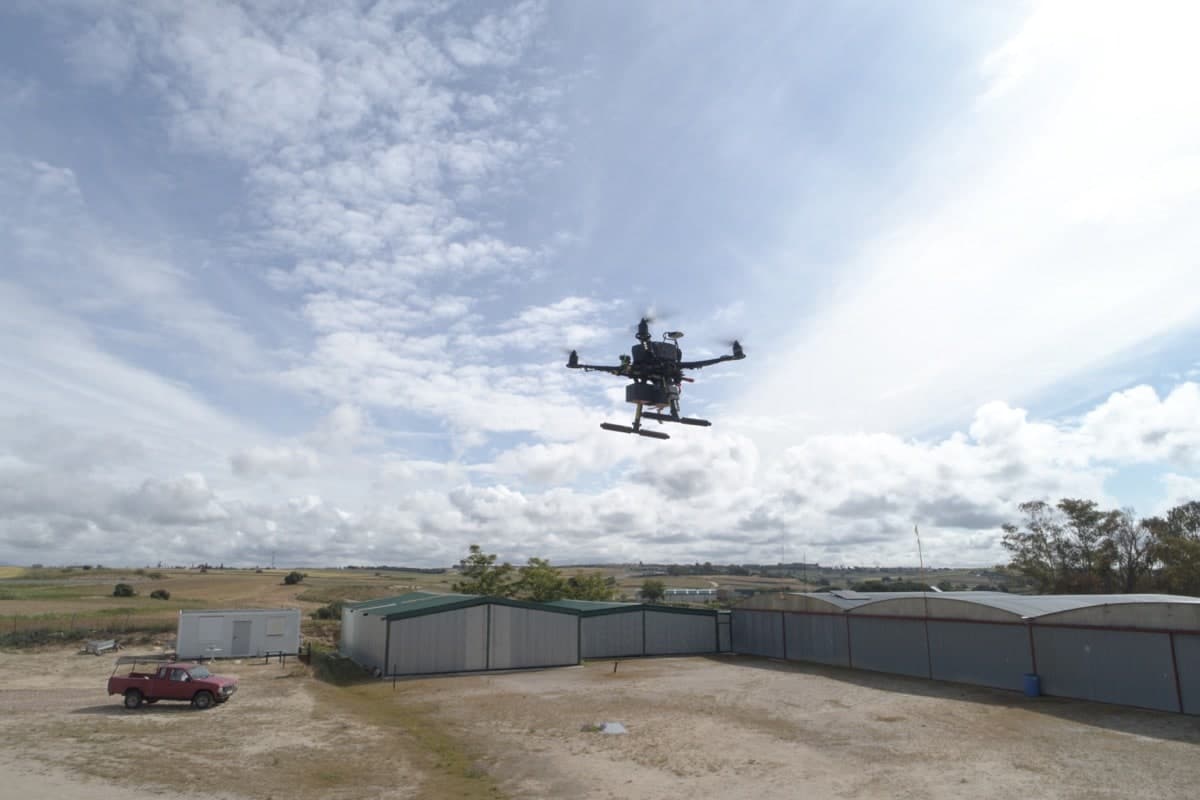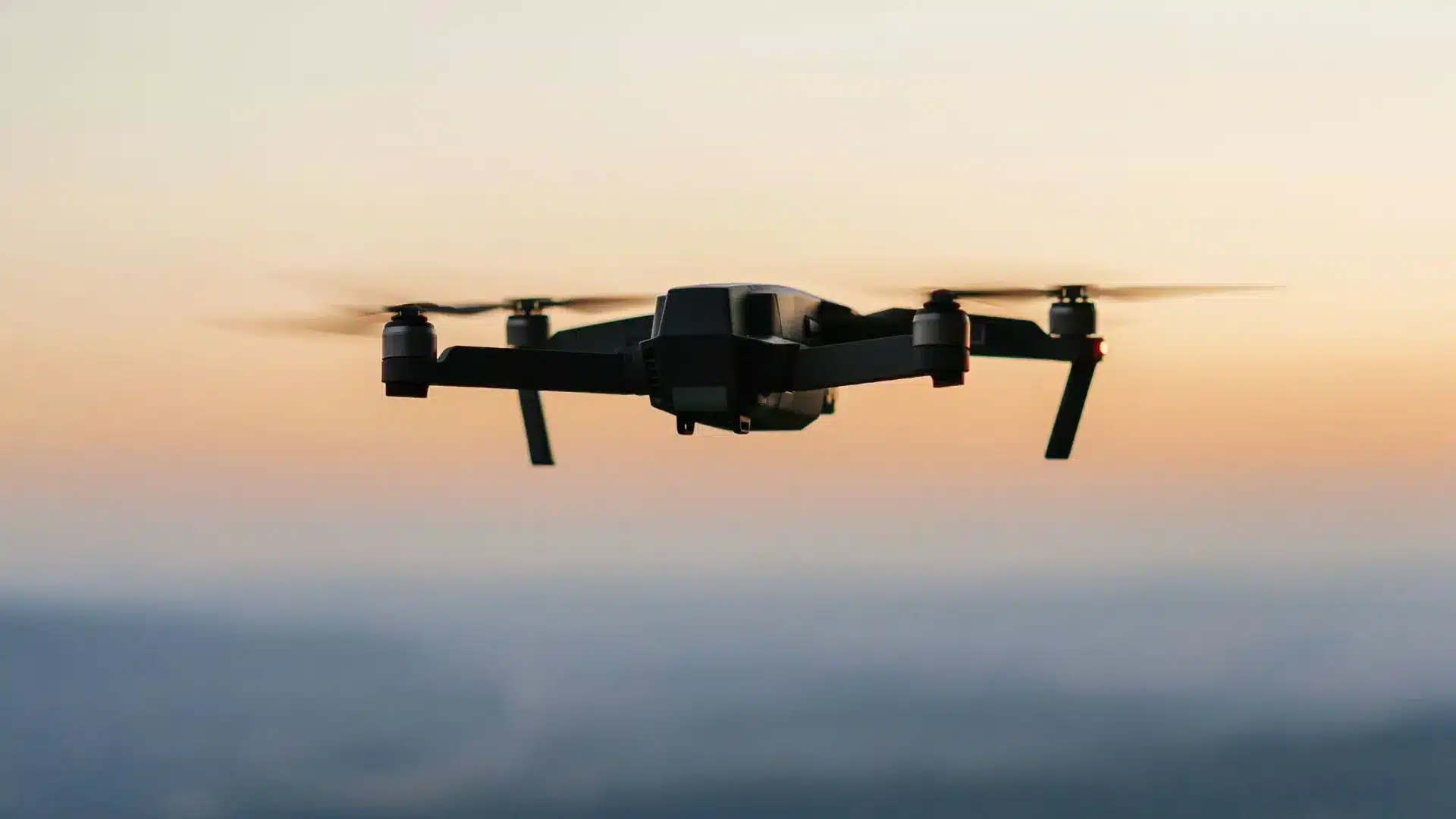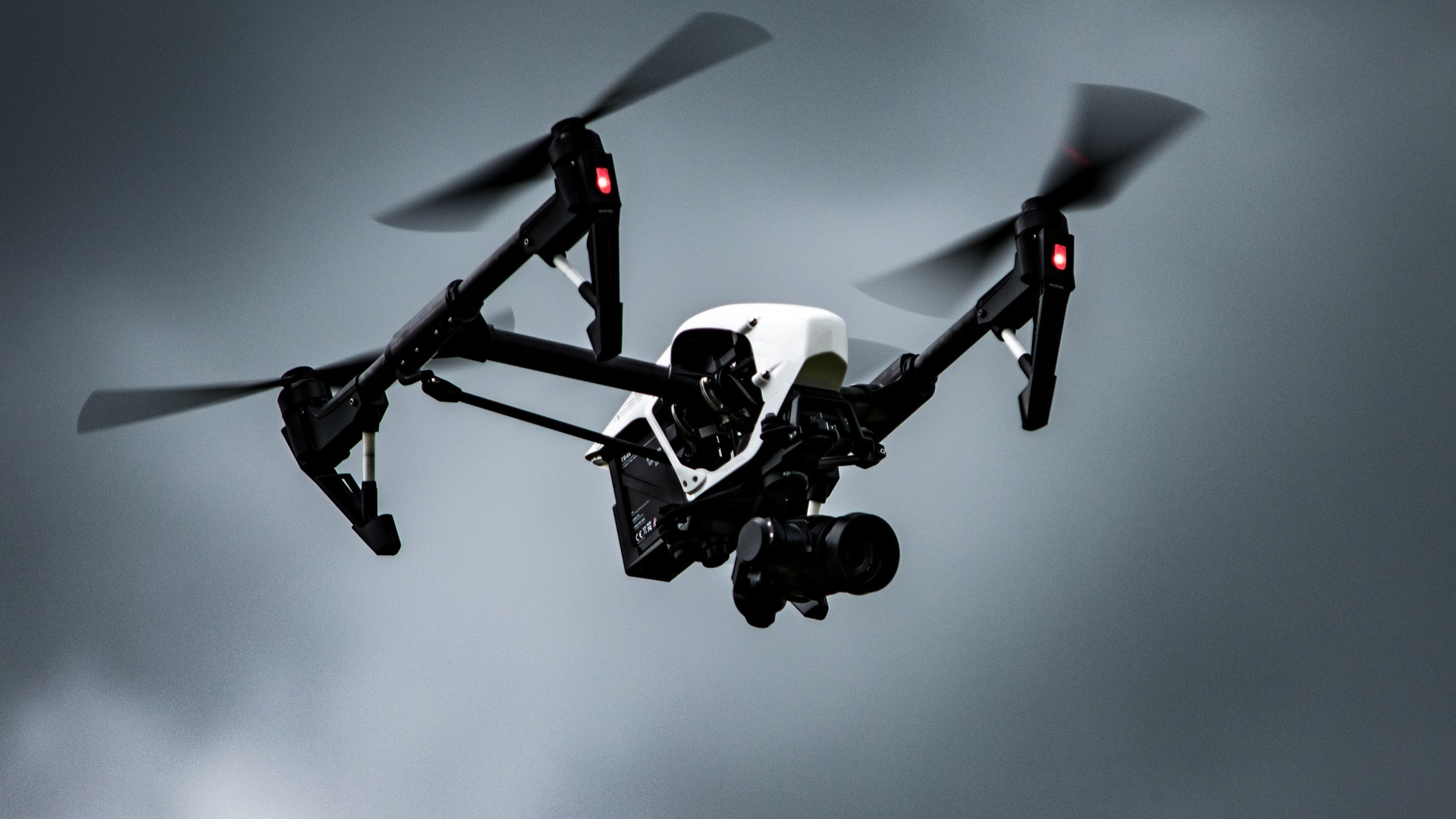Currently, precision agriculture is one of the most important sectors in which drones are involved. There are some fundamental factors that have influenced the progressive incorporation of this technology in agricultural work. These are:
- The optimization of production and water resources.
- The desertification of many areas of Spain.
- The effectiveness of drones in agricultural crops.
- The versatility of drones in all types of terrain.
Another aspect to take into account is that these unmanned aircraft can access difficult to reach places in a fast and safe way and with absolute respect for the environment. If we add to this their accuracy in data collection and the fact that there is no risk for people, we are undoubtedly facing a very useful technological tool that will have more and more users in the future.

What information do drones provide in agriculture?
Drones in agriculture provide information of vital importance to the agricultural worker to know the performance of his farm. For example, he can know the areas of the plantation that are not growing as expected, either due to pests or lack of nutrients, count and identify the plants, monitor their growth and locate areas with weeds.
You can also know the water stress of the crop, i.e., the areas that need water and those that could have problems in the future. They also have the possibility of obtaining maps with the best places to plant one type of crop or another.
The drone can carry different cameras to provide data of all kinds. For example, RGB cameras will always provide general information about the plantation, multispectral cameras focus more on the analysis of the plants or fruit trees and thermographic cameras on the state of the soil, i.e., if there is a water or nutrient deficit. In this way, it is possible to detect diseases in plants, fruits and vegetables to prevent them and improve the quality of the plantations.
Work that can be carried out by a drone in agriculture
The adaptability of drones has made them a tool increasingly used by farmers, as they can do different jobs by simply changing their equipment. Here are some examples:
Fumigation drones
It is increasingly common to see drones spraying fields due to their high level of precision and speed, so that they can spray large extensions automatically. Spraying with drones leads to significant cost savings and reduces risks for people, for example, in the application of phytosanitary products.
Crop monitoring
Drones, equipped with special sensors and aided by artificial intelligence, are capable of surveying large areas of crops for pests, or checking the growth of fruit trees, barley, etc. All drones used for monitoring carry cameras with provision for manual adjustments and the possibility of installing different devices.
Field and crop monitoring
Drones can detect water or fertilizer deficiencies with great precision in any type of crop. This work is very useful in vineyards to correct any problems detected in the vines as soon as possible. The drones use night vision IR sensors, thermal sensors and high resolution RGB with zoom.
Planting work
Drones can carry out the work of planting a plantation much more quickly and accurately than a person, which is why farmers are increasingly using them. Drones usually carry an external compressed air charge system to disperse the seeds and they are usually encapsulated to avoid any damage when they are spread on the ground. This procedure works very well in the reforestation of large areas.
Main advantages of using drones in agriculture
Thanks to the data obtained by drones, farmers can make much more precise decisions and design strategies to increase the yield of their plantation and also their profitability. These are the main advantages:
– Manage possible crop water stress.
– Decide in which zones to apply fertilizers or nutrients.
- Detect pests or plant diseases.
- Better planning of harvests and necessary treatments.
- Improve crop quality.
- Optimize costs.
- Establish the areas of highest crop quality.
- Generate historical maps to plan future harvests.
- Monitor spraying.
Although in principle the investment in drones can be high for the farmer, the savings in time and money are worth it and the profitability is more than appreciated in the medium and long term. For this reason, they have become a highly appreciated technological tool.
More and more drone pilots are specializing in the field of agriculture because job offers in this field are growing. If you want to become one of them, contact us and get to know our drones for agriculture course. At UMILES University we have the best professionals for your training, we are waiting for you!


